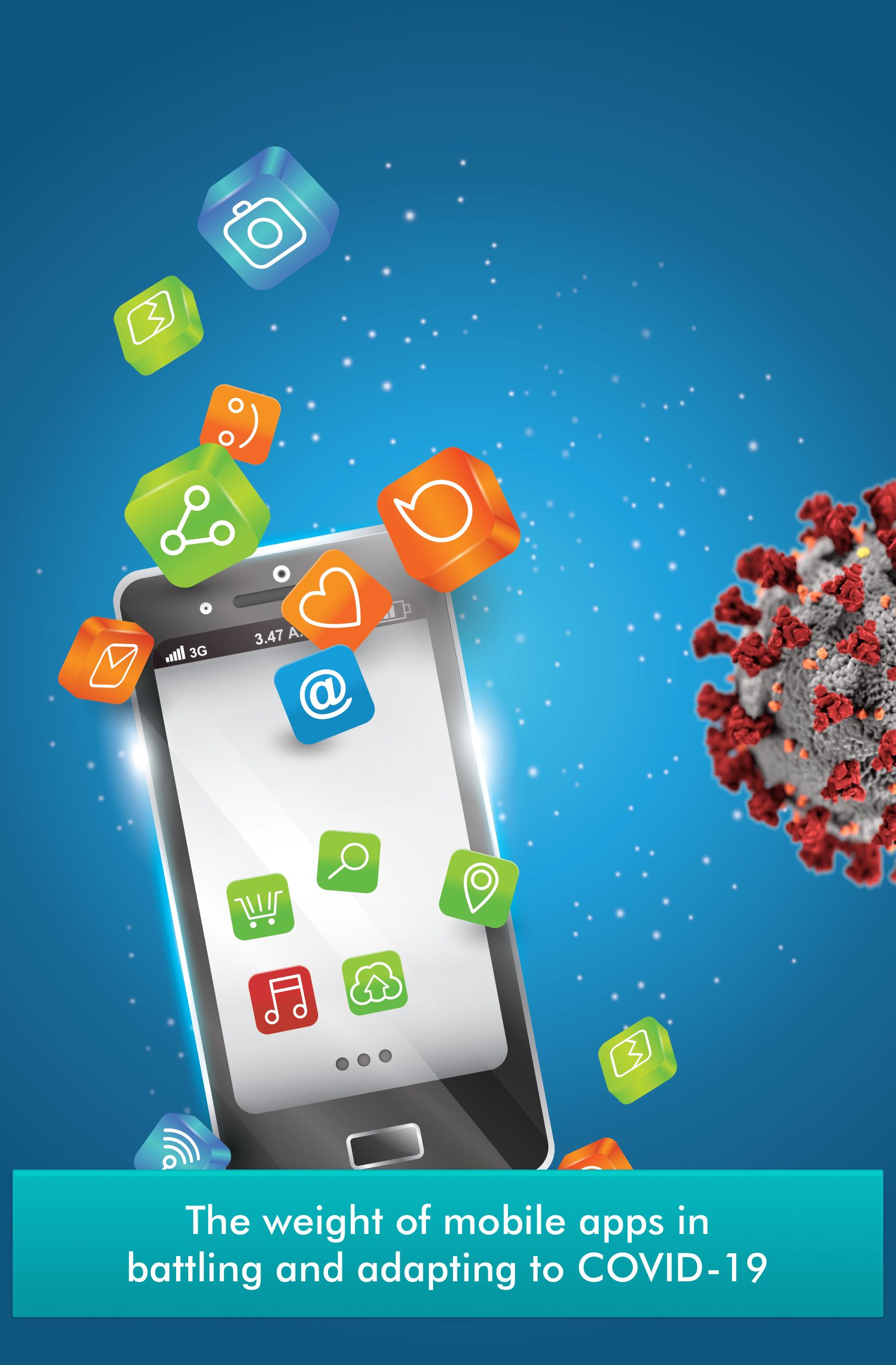Author:
Muteb Alshammari, BS, MS, PhD
Department of Health Informatics, School of Public Health and Health Informatics
The beginning of this decennia has been branded in mankind’s memory as one of the worst sanitary crises (2019-nCoV) that has so far claimed hundreds of thousands of lives worldwide. This time, however, matters have been managed rather differently as technological advances allowed countries to closely follow the spread and act upon it to curb further damage. Indeed, fighting such a serious disease requires fast large-scale measures as well as instruments that would enable faster diagnoses and treatment delivery, as well as prevention tools, which is easier said than done when dealing with billions of people underrating the situation.
Tech Innovation in Times of Pandemic
Some countries displayed better skills than others at the head of the train Asian countries, as they have displayed an arsenal of technologies. Some might think they had more time to learn and adapt. Yet, the truth is they faced it first and have been leading the fight against the COVID-19 with advanced technological instruments that have been widely deemed subversive and violating human rights. Yet, those same tools are seemingly effective and helped Asian countries get the upper hand on the virus.
Tracking, Informing and Preventing More Spread
Governments have used CCTVs and GPS data provided by phones to track people’s whereabouts. This enables us to pinpoint infected patients’ whereabouts prior to quarantine, to find out where they went, what they did, and who they met. Thus, setting perimeter of risk areas and identifying people that might have been exposed. The countries that have extensively used such technics to restrain a wider spread were South Korea, Singapore, China, and Taiwan.
A total of fifteen countries so far have successfully developed tracking apps, such as Singapore, China, Isreal, Ghana, Australia, Saudi Arabia, Colombia, etc., just to name a few. Singapore was one of the first countries to launch an app using a digital contact tracking protocol as a response to the COVID-19 in mid-March. The Singaporean government has developed an app called TraceTogether that uses the BlueTrace protocol.
Likewise, mobile apps have also been used to inform and help people navigate this crisis. Major Chinese tech behemoths – Tencent and Alibaba – have developed the Health Code (???) app that attributes people colored QR codes. The app compiles all the information on health status and travel history collected by the Chinese government. The service is accessible through WeChat and Alipay and attributes both locals and foreigners a color (green, yellow, or red) based on their health condition and risk level. The QR code is then scanned by local authorities to prevent high-risk individuals from traveling and entering public areas where they could infect more people. There have been slight update bugs that would show the wrong color for a small number of users, but deleting and reinstalling fixes the issue. This app has permitted China to restore a normal routine without suffering a dreaded second wave so far.
Surviving the Crisis and Discovering New Lifestyles
Massive lockdowns and broad strict distancing policies have left people stuck home in a floating state, deprived of all the means to complete their daily routines. This pandemic pushed us to adapt to a new model of work from home based on social platforms and apps that enable us to organize online meetings, classes, interviews, medical consultations, etc. Companies, schools, and universities have all been functioning via using apps such as Zoom, Skype, Google Hangouts, Tencent Meeting, Alibaba Cloud Conference, etc. The word went virtual and has acquired some habits that experts say could stay with us.
Informational mobile apps have also been very commonly used for prevention purposes. For instance, the South Korean Corona 100m or CoronaMap that use GPS to track locations and supervise citizens’ quarantine locations. If an individual using this mobile app comes within 100 meters radius of an infected person, they automatically receive a push notification warning them of the situation. Likewise, they track locations where infected individuals have been and the facilities they have used. The main purpose of this functionality is to encourage users to avoid such risky areas.
A plethora of mobile apps has been designed specially to help people and governments safely navigate this pandemic. The last couple of weeks have enabled us to notice how mobile apps have been a critical weapon in this fight. Indeed, tracking apps have helped save countless lives by significantly reducing infection rates and quickly identifying potentially infected people. Therefore, these mobile apps have all been proven effective to a certain extent. Yet, despite its highly controversial features, China’s color-coding apps (Health Code) seem to stand out from the lot.
References:
- Brohi, Sarfraz&Brohi, Nida&Brohi, M Nawaz. (2020). Key Applications of State-of-the-Art Technologies to Mitigate and Eliminate COVID-19. 10.36227/techrxiv.12115596.
- Ten technologies to fight coronavirus, EPRS | European Parliamentary Research Service Author: MihalisKritikos Scientific Foresight Unit (STOA) PE 641.543 – April 2020
- Ting, D.S.W., Carin, L., Dzau, V. et al. Digital technology and COVID-19. Nat Med 26, 459–461 (2020). https://doi.org/10.1038/s41591-020-0824-5
- How countries are using technology to fight coronavirus, G SEETHARAMANET Bureau | Updated: Mar 29, 2020, 09.59 AM IST
- https://economictimes.indiatimes.com/tech/software/how-countries-are-using-technology-to-fight-coronavirus/articleshow/74867177.cms
- https://www.mobihealthnews.com/news/roundup-techs-role-tracking-testing-treating-covid-19
- https://thejournalofmhealth.com/how-technology-is-helping-healthcare-practitioners-combat-the-covid-19-pandemic/
- https://www.techuk.org/insights/opinions/item/17236-how-tech-is-helping-the-nhs-fight-covid-19
- https://www.who.int/news-room/detail/27-04-2020-who-timeline—covid-19
- https://en.as.com/en/2020/04/18/other_sports/1587167182_422066.html
- https://edition.cnn.com/2020/03/12/asia/coronavirus-south-korea-testing-intl-hnk/index.html
- https://en.wikipedia.org/wiki/COVID-19_apps

















